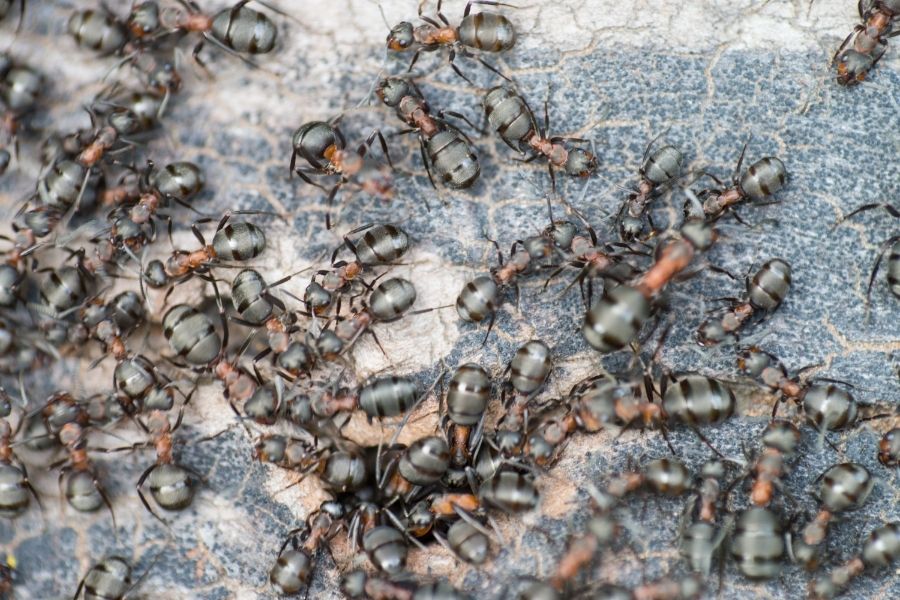PEST CONTROL
ANTS
ARGENTINE ANTS Control:
Remove food that is favored by ants. Trim trees to discourage the entrance to your roof or window areas. Reducing moisture sources helps and so does the application of pesticides such as baits, sprays, fumigants and contact insecticides.
CARPENTER ANTS Control:
Carpenter ants are attracted to two things: moisture and food. Using dehumidifiers to control interior moisture levels will create a hostile environment for these pesky critters. Cleaning up sugar spills and crumbs of food through regular sweeping and vacuuming will also work wonders.
- Capable of destruction
- Can Be removed Immediately
- $ Consultation Required
ARGENTINE ANTS
This is our most common ant, the little blackish species that invades our homes and yards in search of food and water. Abundant in urban areas, it develops to prodigious numbers and single colonies may harbor thousands of workers. It often becomes particularly noxious at the onset of cool weather in the fall, when colonies converge and move to sheltered, warmer quarters under homes, and foraging columns begin to seek food indoors.
The species is one of the most persistent and troublesome of all our house-infesting ants. Argentine Ant workers seek out and feed on almost every type of food, although they are especially fond of sweets. Making themselves almost objectionable, the ants invade the house through minute crevices and cracks–filling along baseboards, across sinks, and over walls and tables in endless trails.
CARPENTER ANTS
Carpenter ants are easy to spot due to their distinctive appearance. Carpenter ants have robust black bodies, narrow thoraxes and long legs. They measure up to half an inch in length in the right environments and travel single file in meandering lines.
While they’re not as dangerous as termites, carpenter ants can still do a number on a house. They bore their way through wood and establish complex networks of tunnels, thereby damaging both load-bearing and cosmetic lumber. They can also cause nasty bites that irritate human skin.
Carpenter ants typically gain access to a structure through cracks in the foundation and gaps in the siding. Once inside a building, they set up shop behind the drywall inside the soft pine framing studs. They require a moderately humid environment for their eggs to hatch.
What they say about our services

There are many other pests and wildlife that we treat. This includes beetles, bees and wasps, silverfish, centipedes, crickets, mites, snails and slugs, stink bugs, weevils, snakes, and many more.

